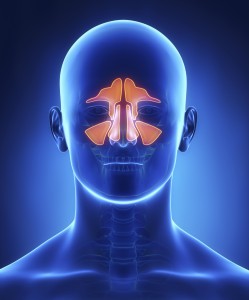Benefits of Running and Tips to Avoid Injury
“Therefore, since we are surrounded by so great a cloud of witnesses, let us also lay aside every weight, and sin which clings so closely, and let us run with endurance the race that is set before us. ”
-Hebrews 12:1
The Benefits of Running
Did you know habitual runners can benefit from an average of an extra 6 years of life? Some other great benefits of running include:
- Improved mental health- with that runners high and euphoric feeling you get after a good run.
- Running lowers the effect of Asthma by strengthening lungs and bronchi. Unfortunately a lot of people avoid running because of their asthma and this should be the exact opposite.
- It expands the arteries and helps people in maintaining their blood pressure.
- Boosts up your immune system and helps to combat illness and other diseases. Our lymphatic systems rely on muscle movement and plyometric activities to circulate body fluids.
- Individuals can burn around 700 to 800 calories by running for one hour.
- Improves your physical strength by strengthening tendons and ligaments.
- Increases bone density.
- Helps people in maintaining their blood sugar level. How wonderful is this? Sugar is now in the spotlight for being a major culprit for our top killers. The latest discoveries about heart disease is that it is not the fats in our diet but instead the poorly controlled blood sugar levels. Cancer thrives with abundant sugar intake and wastes away when sugar is removed.
Running Tips to Avoid Injury
- Shorter stride length
- Increased cadence
- Forefoot strike
- Quiet, smooth & graceful
- Arms close to core
- Loose and relaxed fists and jaw
- Head up and eyes toward the horizon
- Maintain rhythm and effort uphill
- Speed up and lengthen stride downhill
Chiropractic Perspective on Running Posture
I’d like to share a chiropractic perspective on running posture and tips to avoid running injuries. It is good practice to keep a short stride length when running. This is the distance each foot is traveling forward with each step. By keeping the steps short and close together, we can really lessen the impact of the gravitational forces that send shock-waves up our bodies and stress our musculoskeletal systems. With closer steps you will notice an increased cadence. This is in increased rate of steps per minute- so you are going to feel quick-footed. Another tip is to avoid heel strikes. The structure of the arches of our feet are amazing shock absorbers, and we completely nullify this function when clod-hopping around the block with our heels hitting the ground first. Instead, we need to shift our center of gravity forward and focus on a forefoot strike with each step. You will feel very ninja-like when doing this right. As if you are trying to sneak around without making much sound. Sound is a great way to know if you are running with good form. Running should be quiet and smooth and graceful. Arms should be bent at 90 degrees and close to your core without crossing the mid-line of your body during each motion. Loose and relaxed fists, and jaw is also important. Eyes and head should be straightforward and toward the horizon as opposed to down at the ground in front of you. When running uphill, maintain your rhythm and the same level of effort but shorten your stride and slow down as you climb. You should never try to maintain or increase your speed when hill climbing. When running downhill, let gravity work for you and speed up just a bit, but stay in control. Your stride will naturally lengthen. Try to avoid fighting gravity by forcefully leaning your weight back and resisting with strong quadriceps muscle contraction. Find your natural rhythm and then get lost in the graceful rocking motion of a long run. When you find this feeling, you are going to be hooked. You are going to be a runner for life and realize that you were in fact born to run.
Run for health,
Kelly Baltuska, DC




